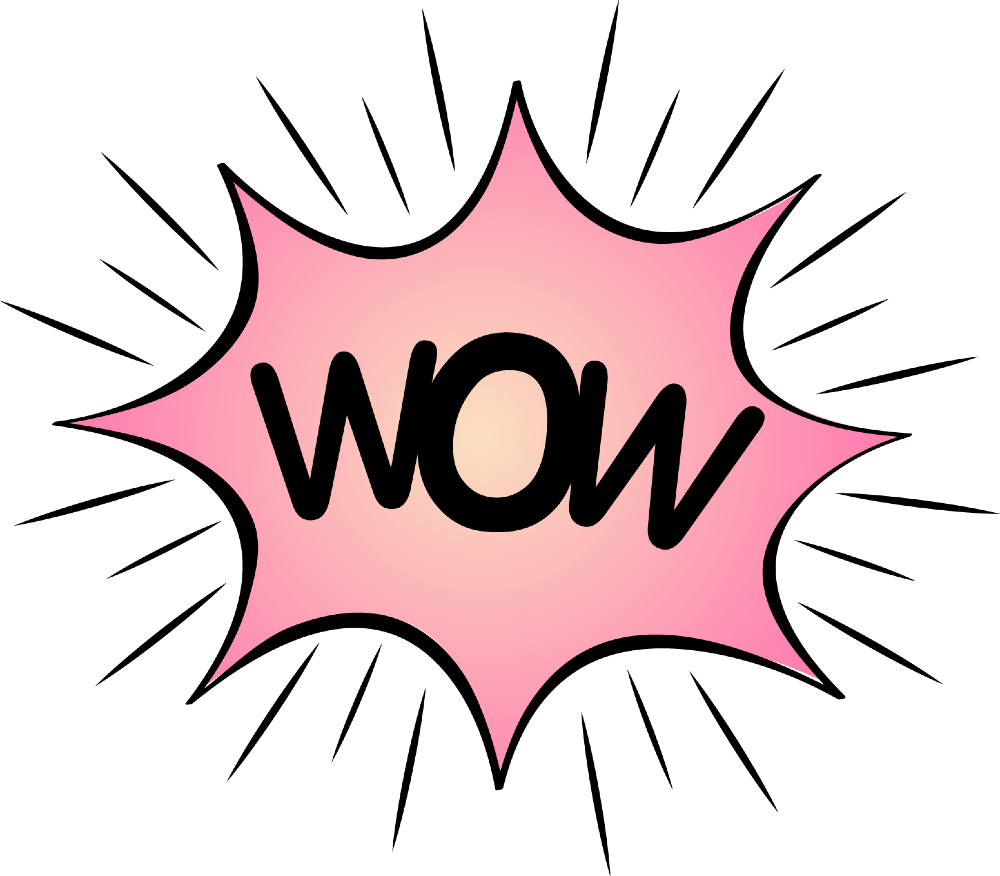Mon, 21 Feb 2022
What’s a blurb, you might ask? Cue the booming announcer voice: “Emotionally moving, socially poignant, and expertly crafted . . . a gem of contemporary literature.” Were you picturing the front or back of a book jacket just now? Good. That’s a blurb: the pithy quote on a book’s jacket that praises it and makes you want to pick it up.
Blurbs aren’t just found on book jackets; they’re also listed within a book’s description on its online selling page. They’re not the frankly honest often-curt reader reviews you might check out when clicking on the book’s star rating on Amazon. Instead, blurbs are carefully selected, edited for concision, and used as a promotional tool.
As you might imagine, these pithy quotes are pretty valuable. Blurbs are a work of linguistic art that entices a reader to pick up one book from a shelf of many.
So, How Do I Get a Blurb?
Step 1: Build a Template
You’ll want to structure each blurb request in relatively the same way. In the first paragraph, introduce the purpose of your letter. The second paragraph should be the hook from the book. Next, include a condensed book description. The fourth paragraph should be a customized paragraph detailing why the author would benefit from writing a blurb and the value it adds to their interests. Finally, the last paragraph should tell them how they can get a copy of your book. In total, it’s about four to five paragraphs, each with no more than five sentences. Remember: there’s nothing scarier for a busy person than opening an email only to see a scrolling wall of text.
Step 2: Think About Your Audience
Blurbs are usually written by someone with a vested interest in the book’s success. Blurbers are connected to the author, whether it be as colleagues, fellow authors, or community members with similar cultural backgrounds. Even family and friends can be credible contenders.
To get a good blurb, think like your consumer. What tone will your reader be looking for from a blurb—what’s going to convince them that this book is better suited for them than the one sitting right next to it? This will help you decide who to request a blurb from.
How do you do this? Well, as is the way with marketing, ask yourself: who’s my audience? Then, plant your feet firmly in their shoes. What’s going to jump out at you when you’re browsing for your next read? If you’re publishing a YA romance, you wouldn’t reach out to a climate scientist with five books under their belt, and you definitely wouldn’t seek a lengthy blurb filled with scientific jargon.
Step 3: Pick Your Blurber
Once you know the tone you’re looking for, consider which professionals will create the kind of blurbs you want. Draft a running spreadsheet of all your potential contacts, and be sure to list their profession, phone number, email, relevant experience, and the date you are planning to contact them. Stay organized—blurb requests are tedious but oh so worth it.
Step 4: Think Like a Blurber
Now, let’s think like a blurber. The best advice? Flattery. Let’s be honest, a little flattery never hurts, especially with regard to fellow authors.
This is an industry full of creatives and tender souls. Read their work, appreciate it, and take note of that in the request. In the blurb’s customizable paragraph, emphasize a connection between their work and yours. What did you enjoy about their work? Which of their accolades can you draw inspiration from? This is the time to implement some close reading analysis if there isn’t an immediately obvious connection.
The Bottom Line?
If you’re expecting a blurber to take some vested interest in your work, take a vested interest in theirs first.

